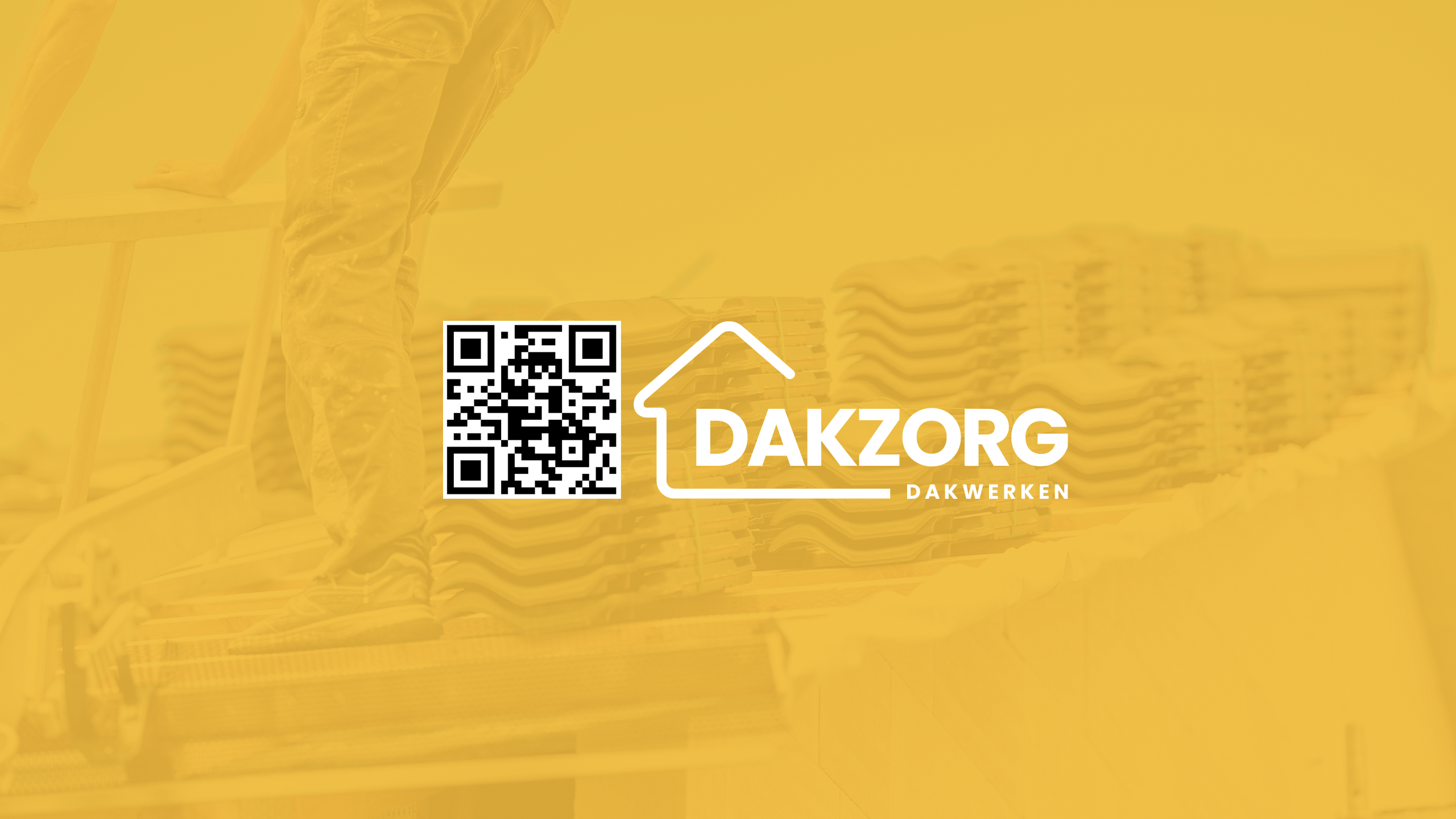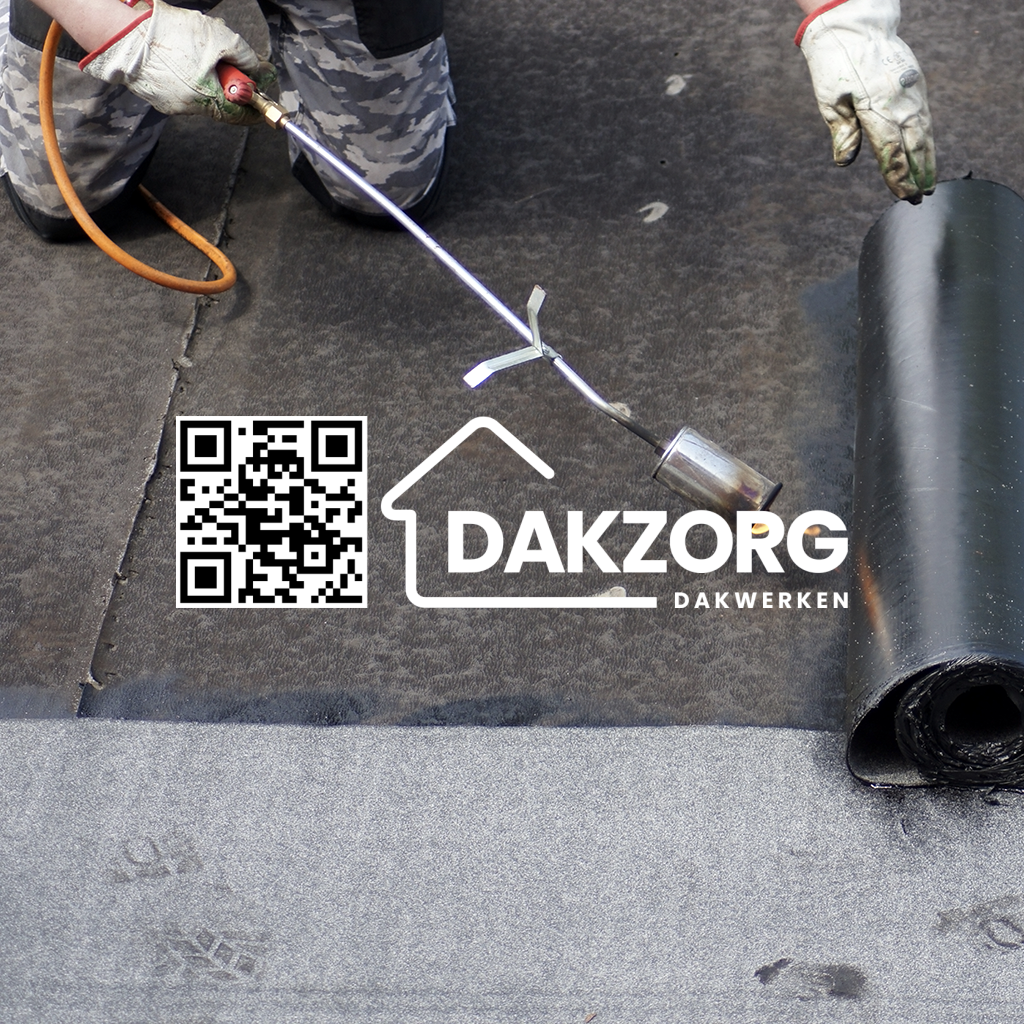Introduction: Understanding Flat Roofing Systems
Flat roofing systems are often the subject of much debate—and for good reason. Many misconceptions have arisen over the years, leading homeowners and builders to question their viability and functionality. In this comprehensive article, we aim to demystify flat roofing systems by addressing common myths, providing facts, and offering insights that can empower you to make informed decisions. Whether you're considering a new roof or just curious about the topic, you’ll find valuable information here.
Debunking Common Misconceptions About Flat Roofing Systems
What Is a Flat Roofing System?
Before diving into misconceptions, let's clarify what a flat roofing system entails. Contrary to its name, a "flat" roof doesn’t mean it’s completely level. Most flat roofs are actually designed with a slight pitch to facilitate drainage. These roofs are typically constructed using materials like EPDM (ethylene propylene diene monomer), TPO (thermoplastic polyolefin), PVC (polyvinyl chloride), or built-up roofing systems that involve multiple layers.
roofer VenloCommon Misconception #1: Flat Roofs Are Always Leaky
One of the most pervasive myths about flat roofs is that they are prone to leaks. While it's true that improper installation or maintenance can lead to issues, the same can be said for pitched roofs. In fact, many modern flat roofing systems are engineered with advanced materials and techniques that enhance their waterproofing capabilities.
Why Do People Think This?
The belief stems from older flat roofing installations that didn't incorporate proper drainage and ventilation. However, advancements in technology have significantly improved the reliability of flat roofs today.
Common Misconception #2: They’re Only Suitable for Commercial Buildings
Another widespread fallacy is that flat roofs are exclusive to commercial buildings. This misconception likely arises from seeing them on warehouses or factories. However, residential properties can also benefit from flat roofing systems.
The Residential Appeal
Flat roofs provide additional outdoor space that can be transformed into rooftop gardens or patios—ideal for urban environments where space is at a premium.
Common Misconception #3: Flat Roofs Have Shorter Lifespans
Many people believe that flat roofs don't last as long as sloped roofs. While traditional materials might have shorter lifespans, modern options can last upwards of 20-30 years with proper care.
Maintenance Matters
Regular maintenance—including inspections and prompt repairs—can significantly extend the life of any roof type, including flat systems.
Common Misconception #4: They're Difficult to Insulate
When it comes to insulation, some homeowners think flat roofs can't provide adequate thermal resistance. In reality, effective insulation strategies exist for both residential and commercial flat rooves.
Effective Insulation Techniques
Using rigid foam boards or spray foam insulation allows for excellent thermal performance in flat roofing applications.

Common Misconception #5: They Don’t Drain Properly
You might hear someone claim that “flat” means stagnant water. Yet most modern designs include carefully calculated slopes and drainage solutions to ensure efficient water runoff.
The Physics of Drainage
Properly designed drainage systems prevent ponding water—a significant factor in potential leaks and structural damage.
Common Misconception #6: All Flat Roofs Look Unappealing
Some people associate flat roofs with an unattractive aesthetic. However, contemporary architectural trends showcase sleek designs that blend seamlessly with various home styles.
Design Versatility
With options like green roofs or stylish membrane finishes available today, homeowners can choose looks that complement their residence rather than detract from it.
Key Benefits of Flat Roofing Systems
Cost-Effectiveness
When compared against sloped alternatives, flat roofing systems often present more budget-friendly options due to lower material costs and easier installation processes.
Space Utilization
Flat rooftops offer functional outdoor areas for recreation or gardening—an appealing feature in crowded urban landscapes where every square foot matters!
Accessibility
Unlike pitched rooftops requiring ladders for access during maintenance checks or installations; most flat roofs allow easy access without complicated setups.
Selecting the Right Materials for Your Flat Roof
Choosing suitable materials is essential when installing or replacing a flat roof system:
| Material | Lifespan | Pros | Cons | |---------------|------------|----------------------------|----------------------------| | EPDM | 20-30 years| Durable & Weather-resistant | Limited color options | | TPO | 15-25 years| Energy-efficient | Moderate puncture resistance| | PVC | 20+ years | Highly reflective | Expensive | | Built-Up | 15-30 years| Customizable layers | Heavy & labor-intensive |
Maintenance Tips for Flat Roofing Systems
While modern materials boast resilience, keeping up with regular maintenance is crucial:
Routine Inspections: Check your roof at least twice a year. Clean Drains: Ensure gutters and downspouts remain clear. Look for Damage: Inspect seams and flashing regularly. Trim Overhanging Branches: Prevent debris build-up. Check Insulation: Ensure there’s no moisture retention underneath membranes.FAQs about Flat Roofing Systems
FAQ 1: How long do flat roofing systems last?
Answer: With proper installation and maintenance, many modern flat roofing materials can last between 20-30 years or more!
FAQ 2: Are flat roofs energy efficient?
Answer: Yes! Several materials used in flat roofing systems reflect sunlight effectively, helping reduce cooling costs in warmer climates.

FAQ 3: Can I walk on my flat roof?
Answer: Generally speaking? Yes! However, it's essential to know where you’re stepping; some areas may not support weight well due to structural limitations.
FAQ 4: How do I prevent ponding water on my flat roof?
Answer: Ensuring proper slope during installation and regular cleaning of drains will help minimize ponding issues over time!
FAQ 5: Can I install solar panels on my flat roof?
Answer: Absolutely! Many homeowners take advantage of their rooftops by installing solar panels—just make sure your structure can support the added weight!
FAQ 6: What should I do if I notice a leak?
Answer: If you spot a leak? Contact professional contractors immediately—they’ll assess damage thoroughly before recommending necessary repairs!
Conclusion
In summary, understanding “Debunking Common Misconceptions About Flat Roofing Systems” is vital when considering your next home improvement project—or simply looking to educate yourself further! As we’ve explored throughout this article:
- Modern innovations have improved the reliability of these structures. There’s versatility regarding aesthetics and functional use. Regular upkeep ensures longevity regardless of material choice!
Armed with this knowledge? You’re now better equipped to navigate conversations around this often-misunderstood topic!